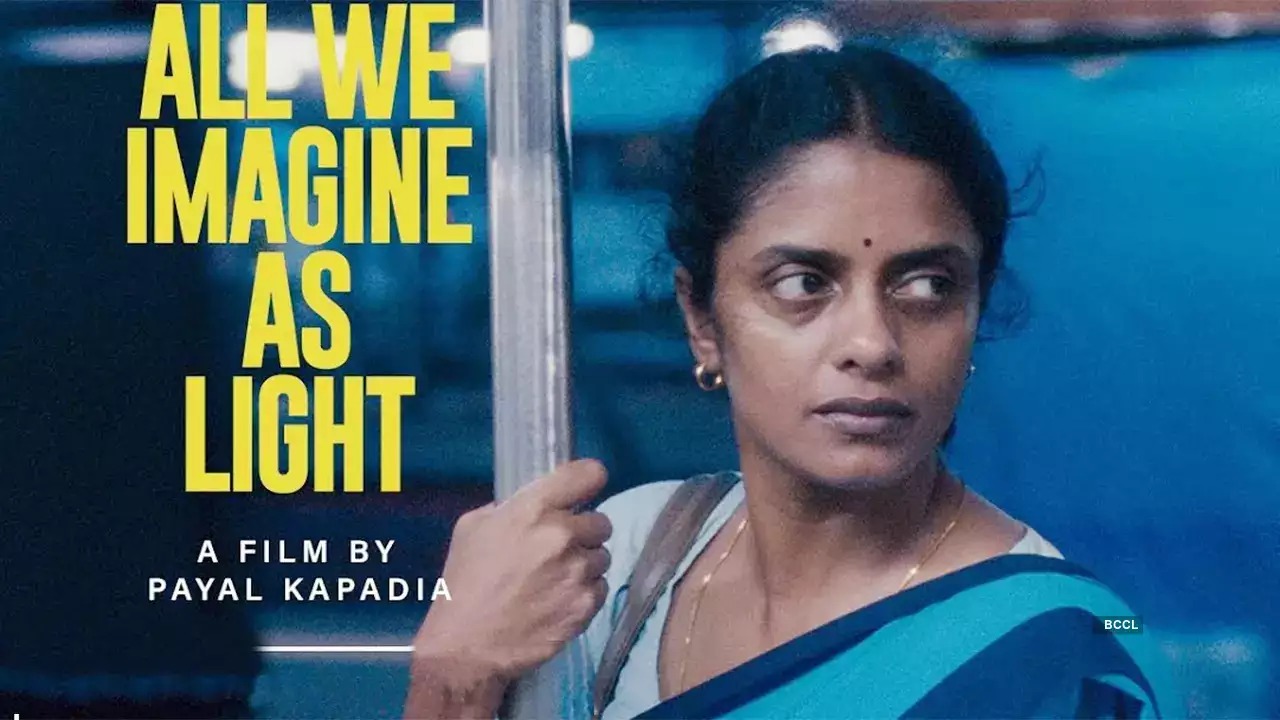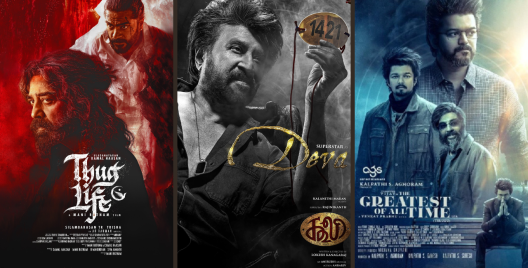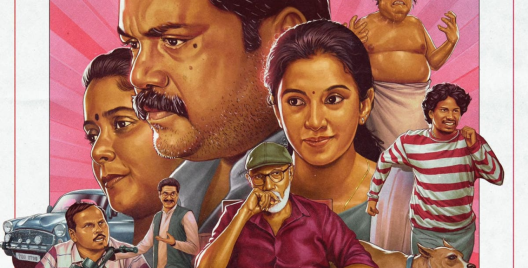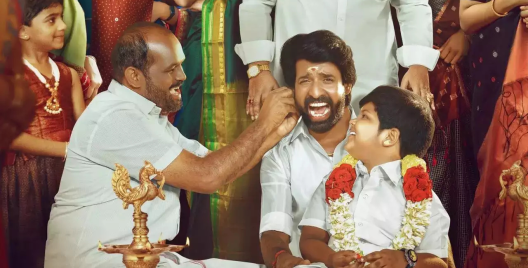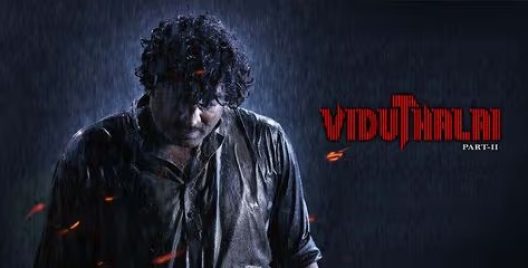Amidst the jam packed gullys of Mumbai, All We Imagine as Light is the story of little people that make up the city.
The film starts with the voices of different inhabitants; immigrants speaking diverse languages of Bengali, Tamil, Malayalam, Odisha amongst others – those who have found their home in Mumbai. This sets the perfect mood for the rest of the film – where Payal Kapadia asks you to sit back and relax while presenting a visually spectacular story of three women and their journey of self-exploration.
All We Imagine as Light captures the life of a big city so beautifully through spectacular visual means of storytelling – be it the house that is also the kitchen, and the hall and the bedroom or the sarees that are hanged to dry inside the house itself, or the windows that need to be pulled shut to prevent rain from pouring in. While the film may romanticize cooking fish for hometown nostalgia or the graceful petting of a purring cat, it equally problematizes the plight of an immigrant in a metropolis.
This is what makes All We Imagine As Light special – it’s feminism isn’t identity politics, it is intersectional and extremely nuanced that takes in the perspectives of women of different ages, leading independent but hurdle-filled lives. It talks, not just about the inconvenience of an old, single woman but also the encroachment of her house by big builders; of a working middle-aged woman abandoned by her husband who manages to find closure within herself and of an earnest and jovial young girl who finds love in a man of a different faith. It asks the right questions on the encroachment of spaces, if a piece of ‘kaagaz’ decides the fate of the proletariat, the stark contrast of an apartment and a slum dweller separated by a running locomotive in the busy streets of Mumbai but finds the answers to personal questions of closure, trust, satisfaction and solace in the solitude and serenity of the sea.

Kani Kusruti as Prabha or Divya Prabha as Anu or Chhaya Kadam as Parvati who not only mount the story on the shoulders but add so much authenticity to the roles they play, that it is inevitable to look at them as anything but an extension of people one would meet in their workplace. But it’s not just them, even characters that have a couple of words as dialogues are close to home. It’s the veritability and genuinity of female friendships that makes All We Imagine as Light extremely soulful and enduring and this is only enhanced by the powerful visual storytelling – be it the graffiti of ‘Azaadi’ in a secluded cave, or faces carved in the rocks of the beach, or roof-less huts against the backdrop of tall apartments. The magic that Payal Kapadia and cinematographer Ranabir Das create with their frames is phenomenal and so rich that you regret the occasional blinking of your eyes – especially the skyscrapers of Mumbai that do not fit into the frame of the camera, juxtaposed against the final wide shot incorporating the three leads, a shop, tall coconut trees behind it and a perfectly composed starry night sky (a brilliant commentary on encroachment of spaces). The shaky handheld cameras paired with the noise and grains from a film camera makes the art film feel all the more realistic.
All We Imagine As Light is heartfelt, pure and extremely wholesome whose full credit goes to the apt casting, spectacular cinematography and it’s emotional storytelling.
Rating – 4 / 5




